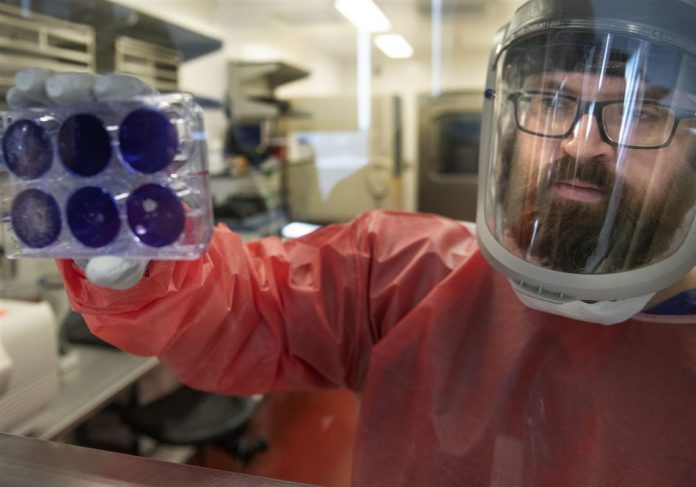School closings, quarantines, and mass hysteria.
All because of a virus sweeping the nation.
Sound familiar?
It should; it’s a major piece of American history.
I’m not talking about COVID-19, though, otherwise known as the coronavirus. Yes, the new disease has already caused all of the above (and more) to happen in the United States.
Instead, I’m talking about the epidemic of a generation gone by:
Polio.
The poliovirus, which dates back to ancient history, first plagued the U.S. in 1916. In the summers that followed, polio increasingly became part of American life as the disease reappeared every year. Known for causing “infant paralysis,” polio claimed the lives of thousands – mostly children – and quickly became public enemy number one among medical researchers.
It was a disease that, to doctors, seemed unconquerable. Modern medicine had no answer for it.
By the early 1950s, polio rates in the U.S. hit 25,000 annually. 1952 saw 58,000 cases in a surprisingly bad outbreak that killed 3,200.
Millions of dollars were poured into stopping polio at that point with little to show for it. Polish-born immunologist Hilary Koprowski had developed a successful vaccine in 1950, but it was nowhere near ready for use with the general public.
In 1952, the research community got its first major break when virologist Jonas Salk developed a vaccine that could be easily injected. Three years later, in 1955, it was authorized for distribution in the United States after completing clinical trials.
As groundbreaking as Salk’s vaccine was, it was also difficult to produce. In April 1955, shortly after Salk’s vaccine was manufactured at scale, 250 new cases of polio shockingly arose. It was discovered that 100,000 doses of the vaccine were made incorrectly and inadvertently gave hundreds of children the live, unaltered virus.
Six years later (in 1961), physician and virologist Albert Sabin, with the help of Hilary Koprowski (the same man and fellow Pole that developed the first successful vaccine in 1950), managed to create a new vaccine that could be taken orally. The two started working on their respective solutions in 1955 after realizing the limitations of Salk’s method. They decided to do so outside of the U.S., where the government had thrown its full support behind making Salk’s vaccine work. In 1959, Sabin’s vaccine was successfully administered to ten million children in the Soviet Union.
In 1961, Sabin’s live-virus oral vaccine came into commercial use in the U.S., supplanting Salk’s injected vaccine that couldn’t escape its bad reputation.
The disease – which was once considered unstoppable – had largely been defeated. The yearly polio outbreaks stopped.
And it’s all thanks to the one thing; the same key concept that will eradicate the coronavirus, just like it did polio:
America’s ability to attract the best and brightest minds in the world.
In the 1950s, it was cutting edge American universities that brought researchers stateside. The U.S., known for being “the land of opportunity,” was so too for international academics.
These days, it’s the earning (not just learning) potential that’s attracting scientists. American biotech firms, most of which are now scrambling to develop a coronavirus vaccine, are paying big bucks for top researchers – the men and women who will eventually beat COVID-19.
So, as “doom and gloom” as everything may seem at the moment, keep in mind that U.S-based virologists have already beaten a disease far worse than the coronavirus.
They even managed to do so back in the 50s/60s, before several decades worth of scientific advancement. Several biotech companies – Moderna Therapeutics being the most prominent – are close to developing a vaccine. Clinical trials will take place within the month.
Stocks could certainly head lower until a vaccine gets the “go ahead” from the U.S. government, but that doesn’t mean a full-blown crash will occur. Instead of waiting for equities to plunge again, investors might want to watch for opportunities to get back in.
Because once it becomes clear that we’ve got COVID-19 on the run, one of the largest rallies ever is likely to follow.
And bulls who miss the “moonshot” back to new all-time highs? They’ll be kicking themselves, maybe for the rest of their lives, as stocks recover in potentially historic fashion.








